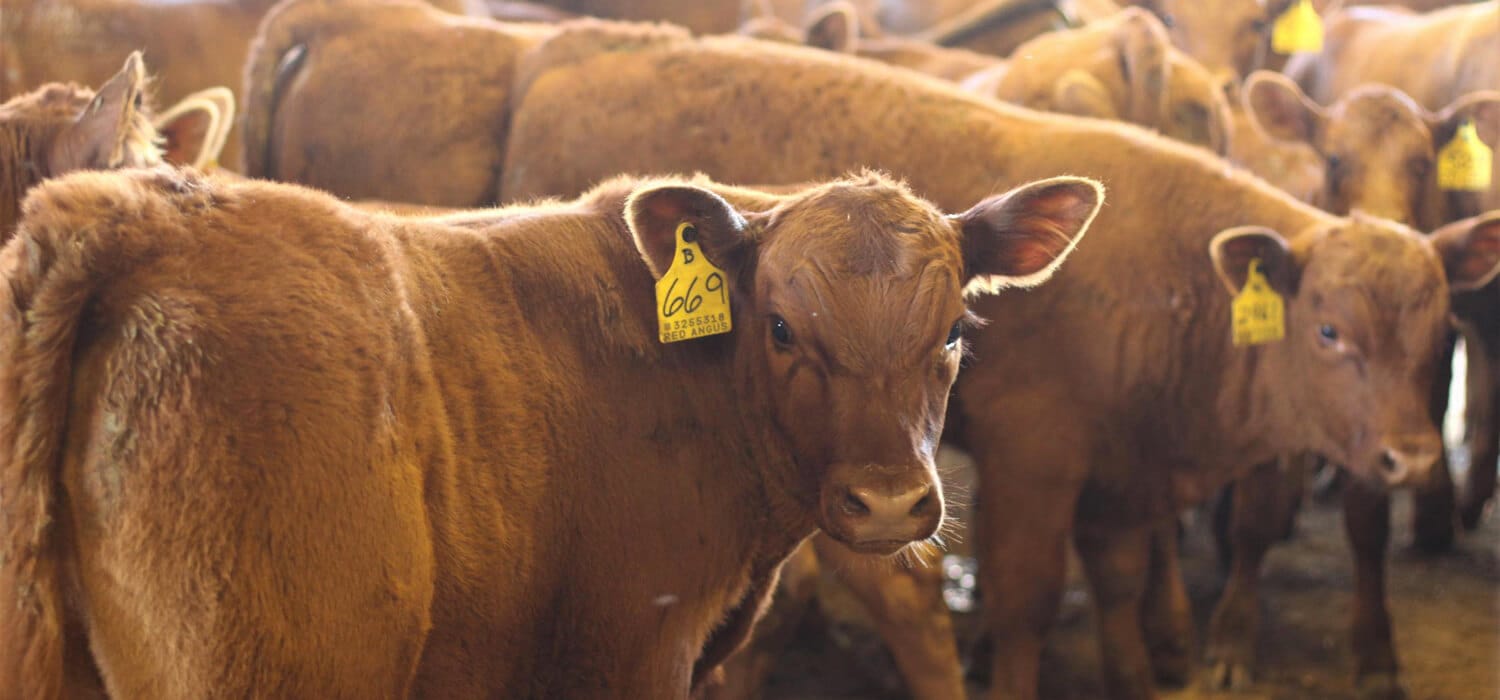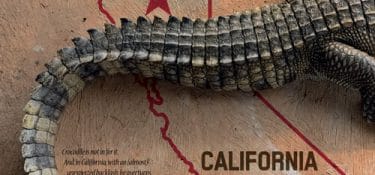THE SHUTDOWN HAS BEEN DEDUCTING US TRADERS AN INSTRUMENT OF MARKET ANALYSIS, SLOWING DOWN PUBLIC PROCEDURES. A MORE RELIABLE CLIMATE WITH CHINA CHEERS UP BUT WITH A VIEW TO MARCH FIRST UNCERTAINTIES ARE STILL THERE
From 22 December 2018 to the following 25 January: 35 days. The United States emerges from the longest shutdown in history burdened by the unknown. The truce signed at the Congress between Democrats and Republicans on the Budget Law is partial: when you will be reading through the pages of this magazine, the stop of administrative activities could have restarted.
For the leather area this shutdown is a dough. The association of US traders (USHSLA) publishes every week a very detailed bulletin on market trends, litmus test regarding the trends of availability, sales by product type and destination markets. This bulletin, however, needs USDA, the US Department of Agricultural Policy, to work at full capacity to get fed. “The most immediate consequence on the trade of raw leather materials – comments Stephen Sothmann, president of USHSLA – is certainly the fact that operators in the sector are missing important statistics, on which they rely upon for the business”. The stop of the administrative activities was not followed by the complete paralysis of activities: “Luckily, most of the government employees involved in the daily life of our sector, like the vets signing the certificate for the export of the hides, are remunerated, therefore they are working”, says Sothmann. But this doesn’t mean that the White House is allowed to go back to cross the glove with the opposition to the detriment of the public administration: “A good part of the support staff at the policy offices was put on leave as a result of shutdown – continued the President of USHSLA -, so the process has somehow slowed down. The more severe the stalemate, the more serious will be the consequences for our industry”.
If the shutdown brings tensions on the raw material tanning industry, winter months are an indication of the pacification of relations between the US and the People’s Republic. Washington has suspended the increase in taxes on Chinese imported goods (including many of the leather area) scheduled for January 1, 2019. Beijing, in its own way, holds the other cheek: it does not give up the “reprisal duties” imposed against products made in the US, but lightens the load on other taxes (although some operators complain, they apply customs barriers on North American goods, including calf leathers). “Before the “quarterly ceasefire” announced by both governments – Sothmann reports -, there was a lot of turmoil about the tariffs coming to the market. People were reluctant to sell and buy with deadlines too far in time, since the question mark remained about how much would happen between the signing of the agreement and the shipment of the goods”. At the time of writing, a delegation from the Chinese government is in Washington for the first round of negotiations: “I think the pause in tariff escalation and the attempt to calm tensions between Beijing and the United States have helped stabilize our market in the short term – concludes Sothmann -. Luckily, the three months of negotiation have left a gap to the business to conclude many deals without worries”. Apparently, as a precautionary measure, the market operators of the two countries continue to sign contracts where it is put on paper that any new duty will not fall on the price of the goods. “Anyway, according to the current agreement between the two governments, on March 1, the negotiating window closes – concludes President Sothmann -. Tariff anxiety could be again the center of the market if we approached the deadline without a clear solution”.
What’s China’s value
In 2017, the United States sold rough and wet blue leathers in the People’s Republic for over a billion dollars. Beijing holds a share close to 50% of North American exports. The data itself explains why USHSLA has always asked the Trump administration to be cautious: losing Chinese customers, or even complicating relationships with them, for the sector means carrying out an act of self-harm. A prolonged season of tension between governments could not but leave its mark. The data for the first 10 months of 2018 released by the trader’s association say that, even if it was overall a period of contraction in foreign sales (-24%), the aggregate Beijing-Hong Kong region lost 12% and 31%, respectively in volume and value.
Red success
The export of red meat will grow, while that of overall value of animal proteins will decrease. USDA, the United States Department of Agriculture, at the end of 2018 certified the magic moment of the bovine industry: global production was 68.2 million tons, the highest figure of the last lustre. Washington is the protagonist of this season and USDA has also confirmed the positive trend for 2019: the export of red meat should earn an additional 500 million dollars. The foreign turnover of total animal proteins, on the other hand, should yield 200 million in the year, weighed down by the slowdown in poultry products.











